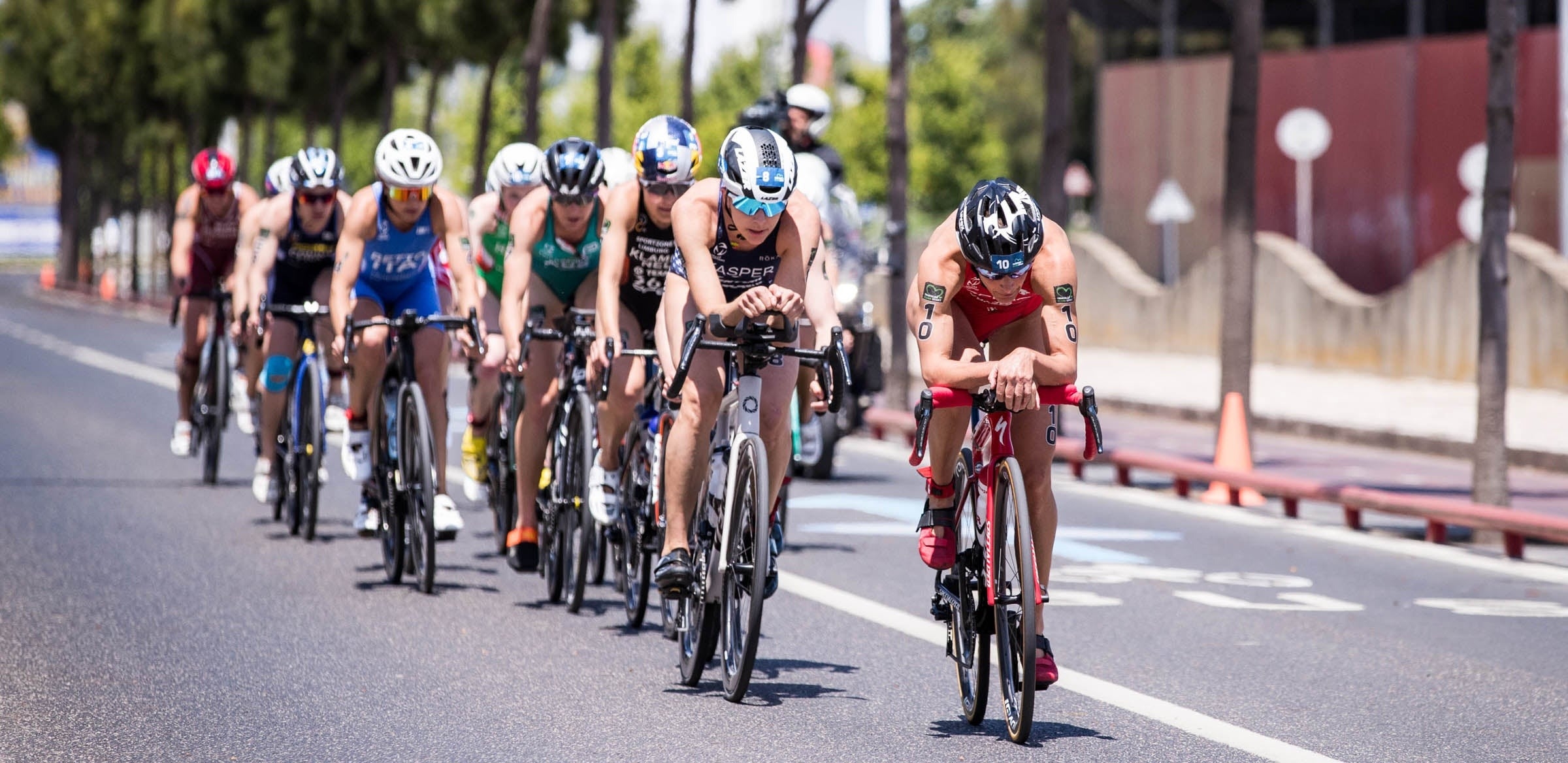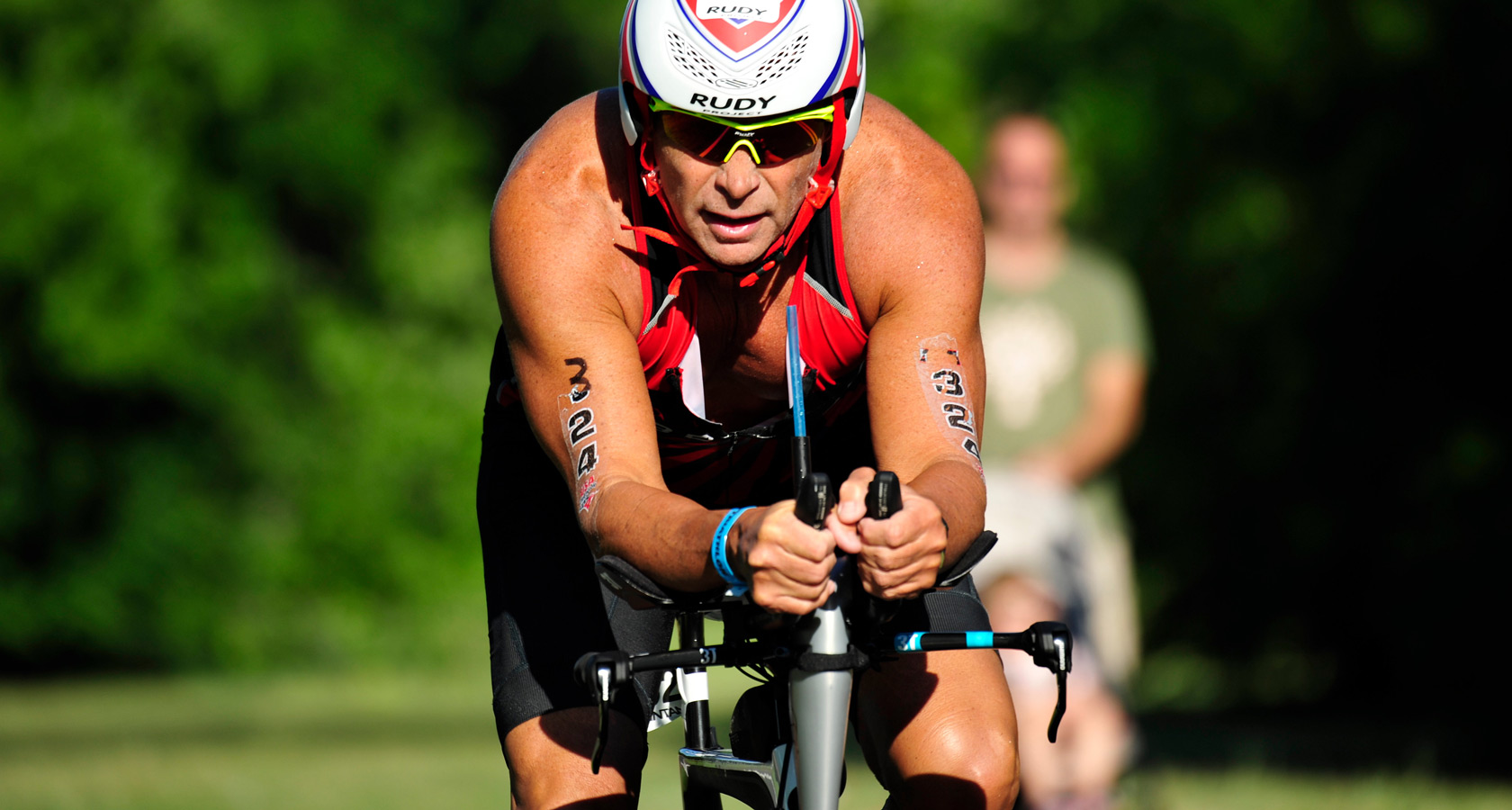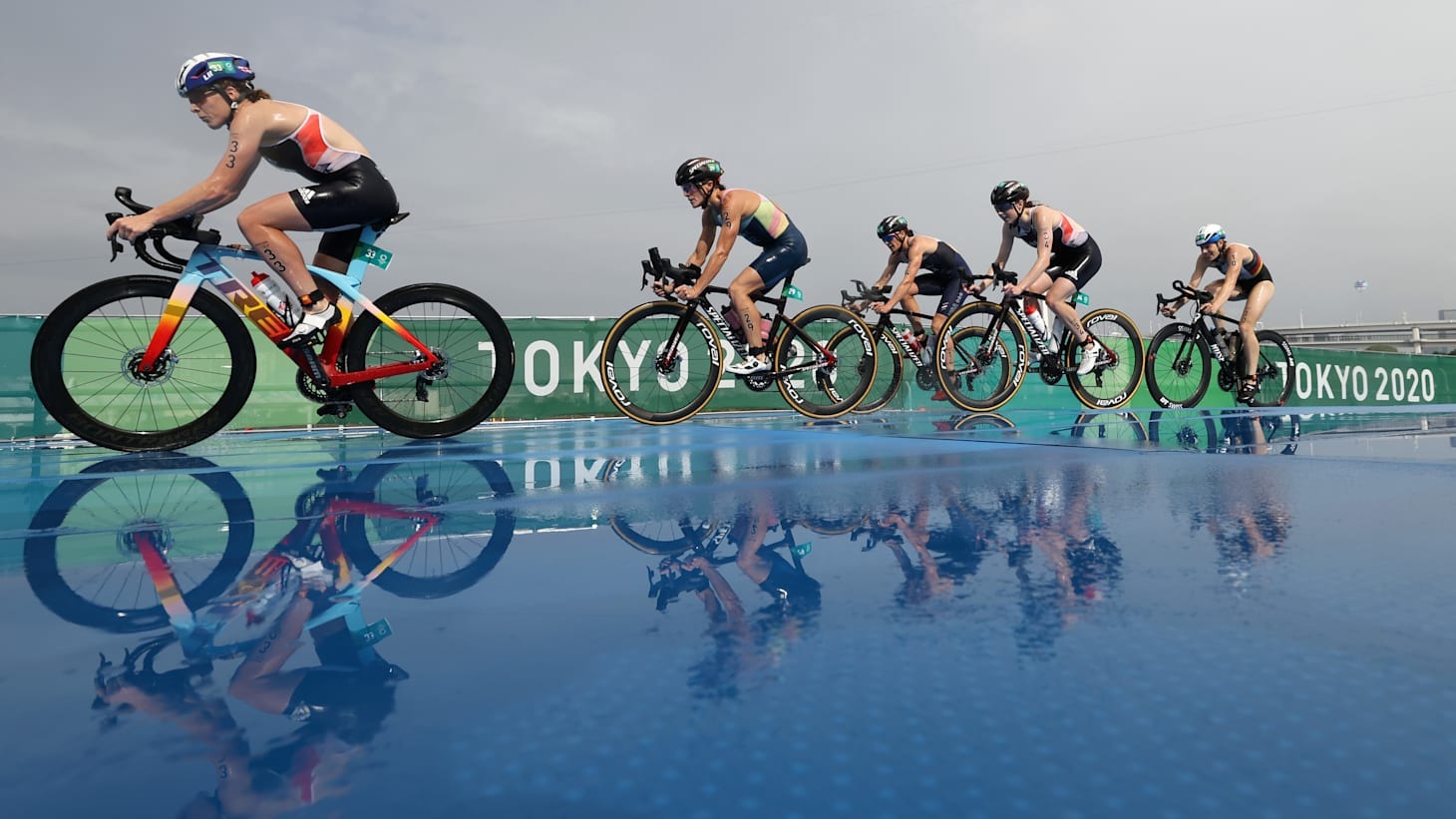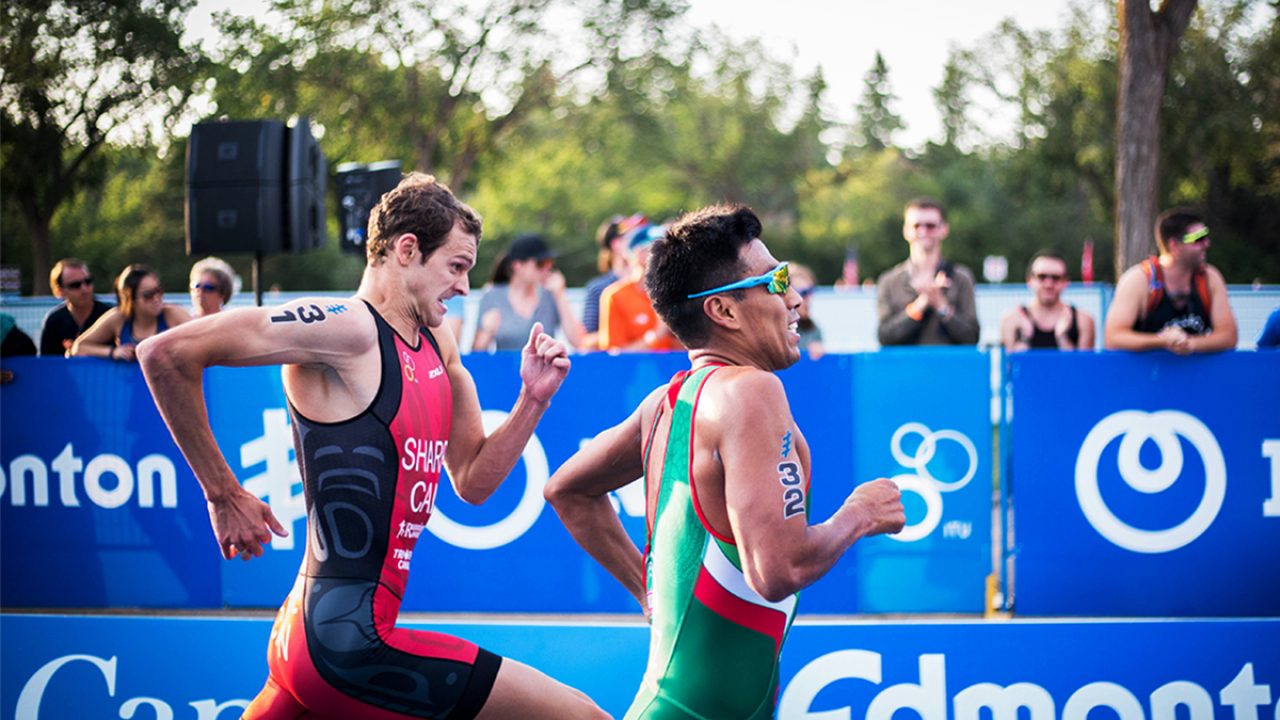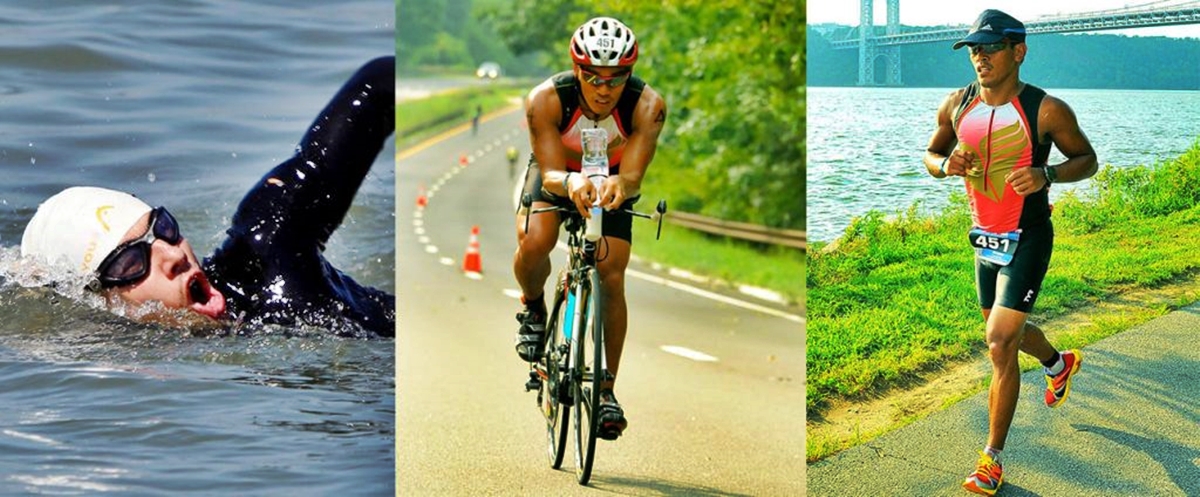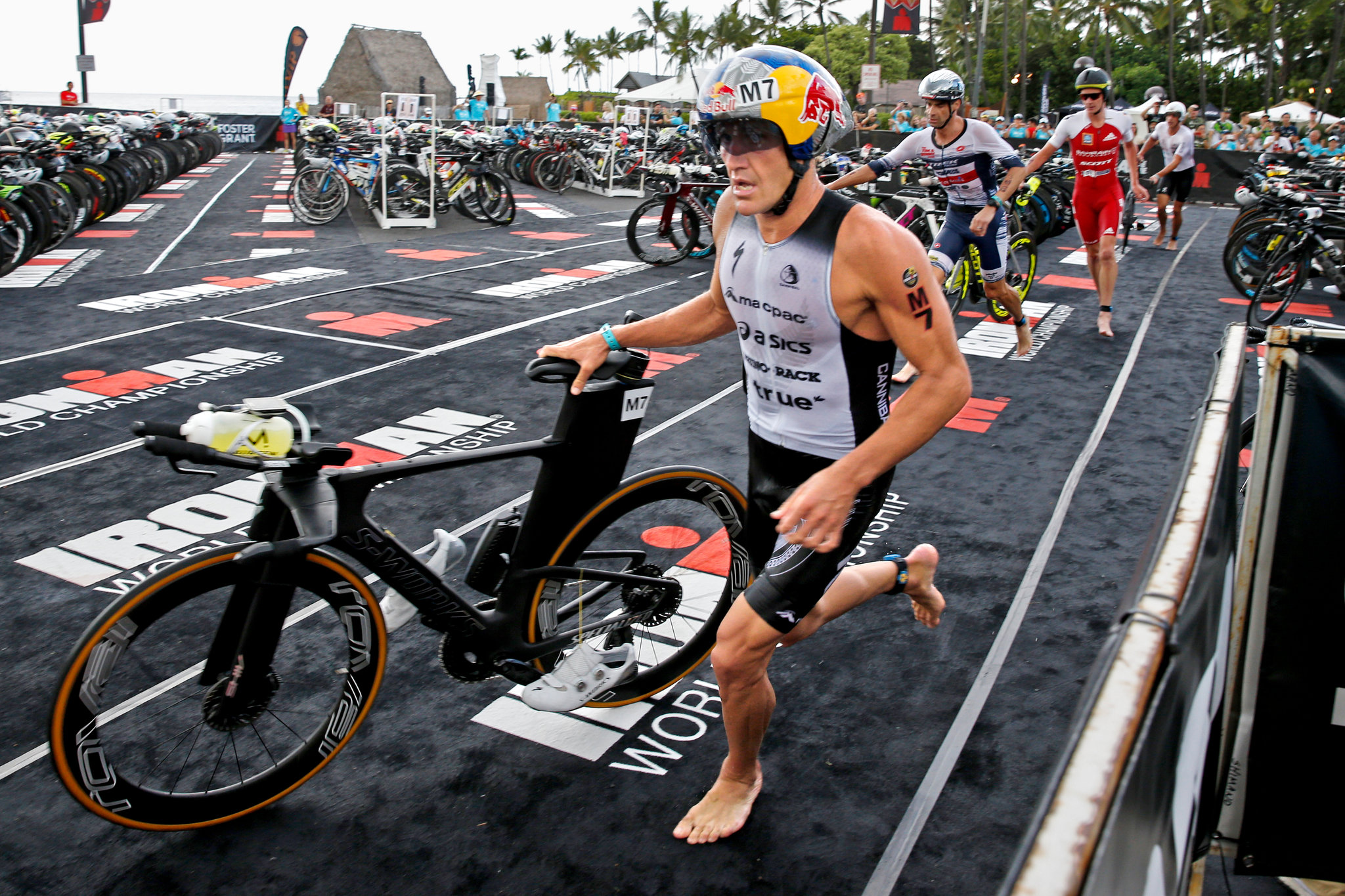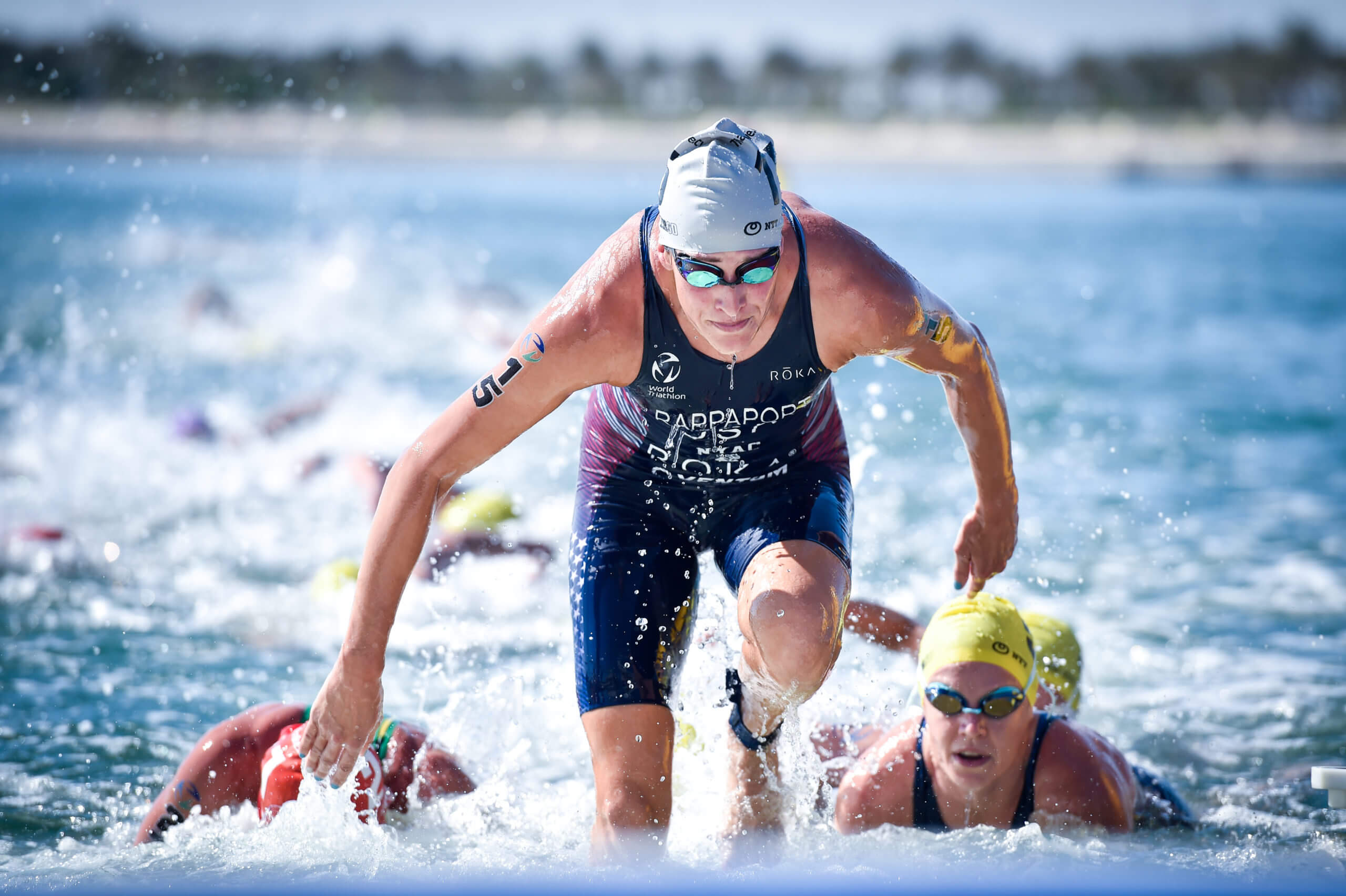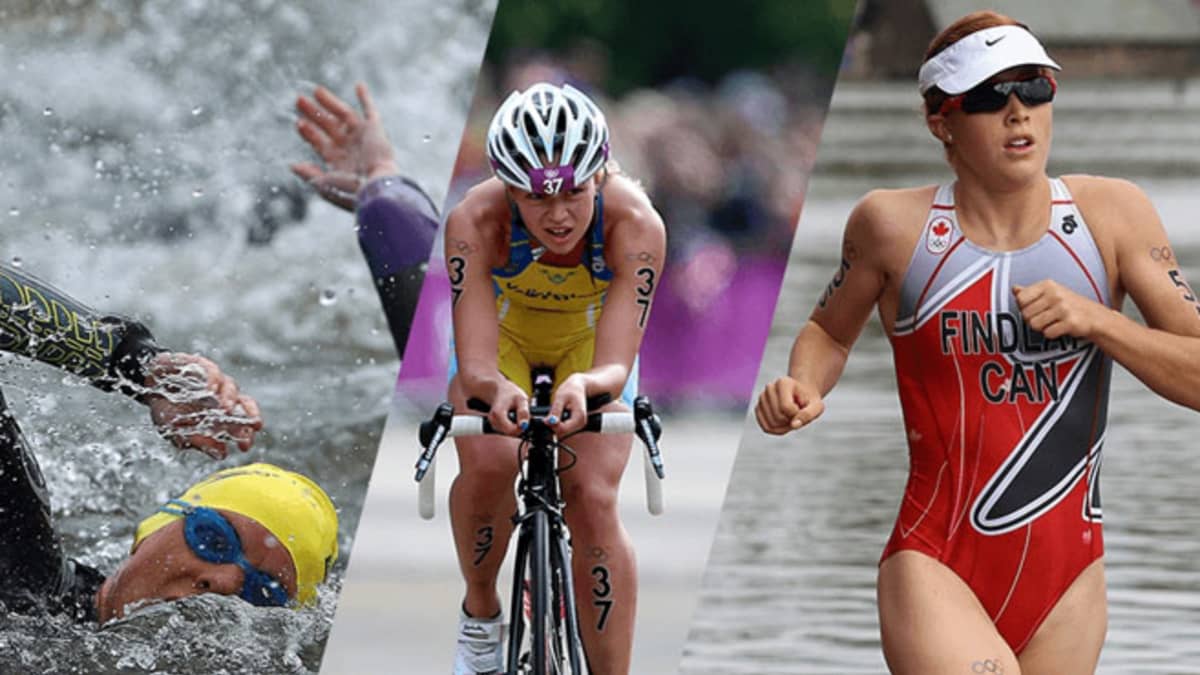

Featured
What Are The 3 Sports In A Triathlon
Modified: January 2, 2024
Discover the featured triathlon sports - swimming, cycling, and running. Learn more about the thrilling multi-sport event and its challenges in our latest article.
Introduction
Welcome to the exciting world of triathlons! If you are a fan of endurance sports or looking for a new fitness challenge, then triathlons might just be the perfect fit for you. Triathlons are multisport events that test participants’ physical and mental strength across three disciplines: swimming, cycling, and running. It is a true test of athleticism and resilience, pushing athletes to their limits.
Triathlons originated in San Diego, California in the 1970s and have grown in popularity ever since. They attract athletes from all walks of life, from beginners taking their first steps into the world of triathlons to elite athletes competing at the highest level. The combination of different sports and the unique challenges they present make triathlons a thrilling and dynamic event to participate in or watch.
In this article, we will explore each of the three sports that make up a triathlon: swimming, cycling, and running. We will discuss the specific requirements and techniques involved in each discipline, as well as the training needed to excel in a triathlon. Whether you are a seasoned triathlete or someone considering trying their first race, this article will provide valuable insights into what to expect during each leg of a triathlon.
Triathlons offer a range of distances to suit different fitness levels and goals. From the sprint distance, which typically involves a 750-meter swim, 20-kilometer bike ride, and a 5-kilometer run, to the Ironman distance, with a grueling 3.8-kilometer swim, 180-kilometer bike ride, and a marathon 42.2-kilometer run, there is a triathlon for everyone. The distances can vary depending on the event and level of competition, but the core components of swimming, cycling, and running remain the same.
So, whether you are an avid swimmer, a cycling enthusiast, or a dedicated runner, triathlons offer a unique opportunity to combine your favorite sports into one exhilarating event. Let’s dive into the details of each discipline and discover what it takes to conquer a triathlon.
Overview of Triathlon
A triathlon is a multi-discipline endurance event that combines swimming, cycling, and running into a single race. It is a true test of physical strength, mental endurance, and strategic planning. Triathlons come in various distances, from short sprints to ultra-distance Ironman races, allowing athletes of all levels to participate and challenge themselves.
The order of the disciplines in a triathlon is standard: swim, bike, and run. The transition between each segment is referred to as a “transition zone,” where athletes switch gear and mentally prepare for the next leg of the race. Time spent in the transition zone is critical, as it can significantly impact an athlete’s overall race time.
The sport of triathlon requires athletes to not only possess specialized skills in each discipline but also be adept at transitioning between sports efficiently. It is the combination of these skills that separates triathletes from single-sport athletes. The ability to seamlessly transition from swimming to cycling and from cycling to running is essential for success in this demanding sport.
Triathlons are held in various locations, from scenic coastal areas for open water swims to hilly terrains for bike courses. Each race offers its own set of challenges, both in terms of the course layout and the weather conditions. The unpredictable nature of outdoor environments adds an additional element of excitement and unpredictability to the race.
Triathlons also foster a sense of camaraderie and community among athletes. Participants often train together, share advice and tips, and support each other during races. The triathlon community is known for its inclusivity and encouragement, making it a welcoming space for individuals of all backgrounds and abilities.
While triathlons demand physical fitness and endurance, they are not limited to elite athletes. Many races have divisions for different age groups and skill levels, ensuring that everyone has an opportunity to compete and challenge themselves at their own pace. Triathlons serve as an excellent platform for personal growth, setting and achieving goals, and building self-confidence.
Now that we have an overview of what a triathlon entails, let’s delve into the specifics of each discipline – swimming, cycling, and running – and discover what it takes to excel in this thrilling sport.
Swimming
Swimming is the first leg of a triathlon and often sets the tone for the entire race. It is typically conducted in open water, such as lakes, rivers, or oceans, although some events may take place in a pool. Competitors must navigate the designated course, which can vary in distance depending on the triathlon’s category.
Open water swimming requires a unique set of skills compared to pool swimming. The absence of lane lines and the potential for waves and currents add an element of unpredictability. Triathletes must develop strong technique and adaptability to navigate these challenges effectively.
The swim leg of a triathlon can be intimidating for novice athletes, but with the right training and preparation, it can become a manageable component of the race. Here are some key aspects to consider for the swimming portion of a triathlon:
- Training: It’s essential to incorporate regular swim training sessions into your triathlon preparation. Focus on building endurance, improving technique, and developing open water swimming skills. Practice sighting, which involves lifting your head to check your position during the swim. This skill helps you navigate in a straight line and prevent veering off course.
- Equipment: A well-fitting wetsuit can provide buoyancy, improve hydrodynamics, and keep you warm in colder water. Goggles are crucial for clear vision, while a swim cap can help with visibility and keep your hair out of your face during the swim.
- Open Water Practice: If possible, try to practice swimming in open water prior to the race. Familiarize yourself with the conditions, such as waves, currents, and sighting markers. This experience will enhance your comfort level and confidence during the race.
- Strategy: In the swim leg, find a comfortable pace that allows you to maintain a steady rhythm. It’s important not to exhaust yourself in this first part of the race. Position yourself at the start according to your skill level to avoid getting caught in the midst of fast swimmers or congestion.
Swimming in a triathlon requires a balance between exerting energy and conserving it for the subsequent disciplines. Remember to pace yourself, focus on your technique, and stay mentally strong throughout the swim leg. With practice and experience, this segment can become an enjoyable and confidence-boosting part of your triathlon journey.
Cycling
After completing the swim leg, triathletes transition to the cycling portion of the race. This segment involves traversing a designated course on a bicycle, making it a test of endurance, strength, and cycling skills.
The cycling leg of a triathlon offers participants the opportunity to cover longer distances at a faster pace compared to swimming or running. Here are some important aspects to consider when preparing for the cycling portion of a triathlon:
- Training: Include regular cycling sessions in your training program to build both endurance and strength. Focus on increasing your speed and improving your pedaling technique. Incorporate interval training to simulate race conditions and work on your ability to maintain a steady pace.
- Equipment: A reliable and properly fitted bike is crucial for a successful cycling leg. Consider the type of triathlon you are participating in when choosing your bike – road bikes are common for most events, while triathlon-specific bikes are designed for aerodynamics. Make sure to wear a properly fitted helmet and have tools for repairing flats or other mechanical issues.
- Nutrition and Hydration: Proper fueling during the cycling leg is essential to maintain energy levels. Pack easily accessible snacks such as energy gels or bars. Hydration is equally important, so ensure you have a water bottle or a hydration system on your bike.
- Technique: Learn proper cycling techniques such as efficient pedaling, gear shifting, and maintaining a steady cadence. Familiarize yourself with cycling etiquette and race rules, such as drafting (riding closely behind another cyclist to reduce wind resistance), which may be allowed or prohibited depending on the event.
During the cycling leg, it’s important to pace yourself and be aware of your energy levels. Avoid pushing too hard early on, as this can leave you fatigued for the run. Maintain a steady effort throughout the course and be prepared to adapt to different terrain conditions, whether it’s flat roads, hills, or winding routes.
Cycling also offers a mental challenge as you navigate through the course. Stay focused on your own race but be aware of your surroundings and other cyclists. Follow race instructions and be respectful to fellow competitors to ensure a safe and enjoyable experience for everyone.
By training effectively, mastering cycling techniques, and maintaining a balanced approach, you can optimize your performance during the cycling portion of a triathlon. Remember, the cycling leg sets the stage for the final discipline—the run.
Running
The final leg of a triathlon is the running segment. After completing the swim and cycling legs, participants transition from the bike to their running shoes, embarking on the last stretch of the race. The running portion requires mental fortitude, endurance, and proper pacing to finish strong.
Here are some key considerations when it comes to the running portion of a triathlon:
- Training: Incorporate regular running sessions in your training program to improve endurance, speed, and running technique. Gradually increase your mileage to build up your running stamina. Include interval training and tempo runs to improve your overall running performance.
- Pacing: Start the run segment at a sustainable pace. Take into account the distance remaining and the fatigue accumulated from the swim and bike legs. It’s important to find a comfortable rhythm and avoid starting too fast, as this can lead to early depletion of energy reserves.
- Hydration and Nutrition: Stay hydrated during the run leg by taking advantage of aid stations along the course. Ensure you have a hydration plan that includes water and electrolyte replenishment. Depending on the duration of the race, you may also need to consume energy gels, chews, or other easily digestible snacks to maintain energy levels.
- Mental Strength and Mindset: The run leg can be mentally challenging, especially as fatigue sets in. Stay focused on your race plan, break the run into smaller manageable segments, and maintain a positive mindset. Use visualization techniques and positive self-talk to stay motivated and push through any mental barriers.
During the run, pay attention to your form and running technique. Maintain an efficient running stride, engage your core, and keep a steady cadence. Consider your footwear choices and ensure you have properly broken in your running shoes prior to race day. Additionally, be mindful of uneven terrain and any potential obstacles on the course.
In the final kilometers of the run leg, draw upon your mental strength and tap into the excitement of approaching the finish line. Feel the support of the spectators and fellow athletes as you strive towards your goal. As you approach the finish, give it your all and savor the sense of accomplishment that comes with crossing the finish line.
Remember, the running leg is the final opportunity to make up time or secure your position in the race. Pace yourself, listen to your body, and dig deep to push through any physical or mental challenges. Embrace the thrill and adrenaline of the final stretch as you complete your triathlon journey.
Conclusion
Triathlons are an exhilarating and challenging sport that combines swimming, cycling, and running into one ultimate test of endurance. Whether you are a seasoned triathlete or a beginner looking to embark on a new fitness journey, triathlons offer a unique opportunity to push your limits, achieve personal goals, and experience a sense of accomplishment like no other.
Each discipline in a triathlon – swimming, cycling, and running – presents its own set of challenges and requires specific training and skills. From overcoming open water fears during the swim, mastering cycling techniques and pacing on the bike, to maintaining mental fortitude and proper running form during the final run leg, triathlons demand physical fitness, mental strength, and strategic planning.
Throughout the race, be mindful of transitions and utilize the transition zone efficiently. Take advantage of aid stations for hydration and nutrition to maintain your energy levels. Remember, pacing yourself is crucial to ensure you have the endurance to finish strong.
Triathlons not only test physical abilities but also foster a sense of community and support. The triathlon community is known for its inclusivity and encouragement, with athletes rallying behind each other to accomplish their goals. Whether you are participating in a local event or a prestigious competition, the atmosphere is filled with camaraderie and shared dedication.
As you cross the finish line of a triathlon, you’ll experience an overwhelming sense of achievement and pride. The journey from swim to bike to run captures the essence of pushing beyond your perceived limits, defying the odds, and embracing the challenges along the way.
So, lace up your running shoes, hop on your bike, and dive into the water. Embrace the thrill, the sweat, and the joy of being a triathlete. There’s nothing quite like the remarkable experience of a triathlon, where you can prove to yourself that with determination and perseverance, you can conquer anything that stands in your way.

